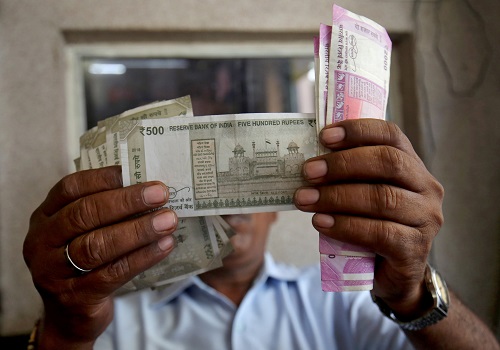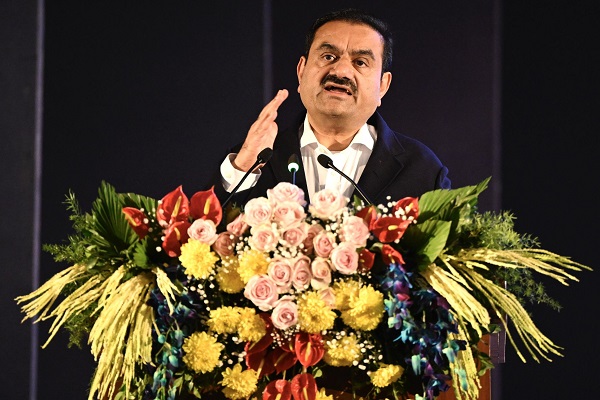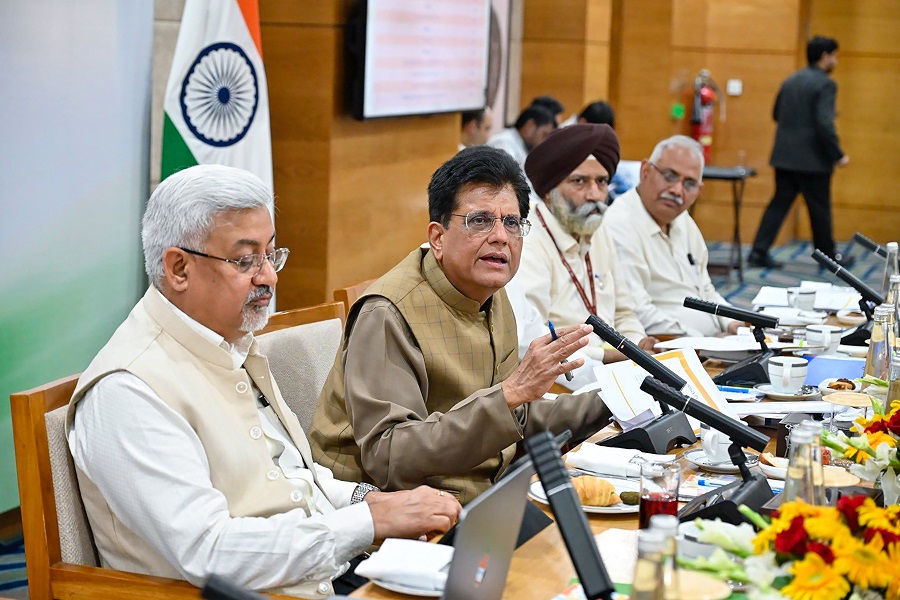India`s income tax receipts up 17.7% yr/yr in 2023/24, near $235 billion

Income tax receipts in India, comprising personal and corporate levies, rose 17.7% year-on-year to nearly $235 billion in the 2023/24 financial year ending in March, reflecting the rising incomes of rich taxpayers and corporate profits.
Net income tax receipts for the 2023/24 financial year ending in March rose to 19.58 trillion rupees ($234.9 billion), up from 16.64 trillion in the previous financial year, the Central Board of Direct Taxes (CBDT) said on Sunday.
The net tax collections are 7.4% higher than the government's initial budget target set in February 2023, said a statement by the CBDT, a wing of the federal finance ministry.
The government revised its income tax collections target for 2023/24 in February this year to 19.45 trillion rupees, while presenting the interim budget for 2024/25.
The announced figures have surpassed the revised target.
Net personal income tax collections, which include a security transaction tax levied on transactions of securities like stocks and mutual funds - rose by one-fourth to 10.44 trillion rupees ($125.3 billion) in 2023/24 from a year earlier.
Meanwhile, corporate tax collections rose 10.26% to 9.11 trillion rupees ($109.3 billion) from 8.26 trillion rupees in the same period, the statement said.
"This is a good news," said Arun Kumar, an economist and former professor at Delhi's Jawaharlal Nehru University, adding the figures were also a "sign of rising income inequality".
The number of taxpayers who filed income tax returns rose to nearly 82 million in 2023/24, 9% higher than in the previous financial year, according to government estimates.
The higher growth in income tax, mostly paid by relatively wealthy individuals and big companies, reflected their rising incomes and higher returns from the stock market.
Economists say only a small section of Indian households earned above the annual tax-exempt threshold of 300,000 rupees ($3,599), while most agricultural income was exempted from tax because of the small, often subsistence size of farming plots.
The wages of workers in small businesses and the farm sector, providing jobs to nearly 90% of India's workers, grew at a much lower rate amid record unemployment among educated youth, Kumar said.
Inequality in India has become more severe since the early 2000s, with the share of income and wealth held by the richest 1% of the population rising to over 22% and 40% respectively by 2022/23, he said, citing a World Inequality Lab report.
($1 = 83.3580 Indian rupees)
























